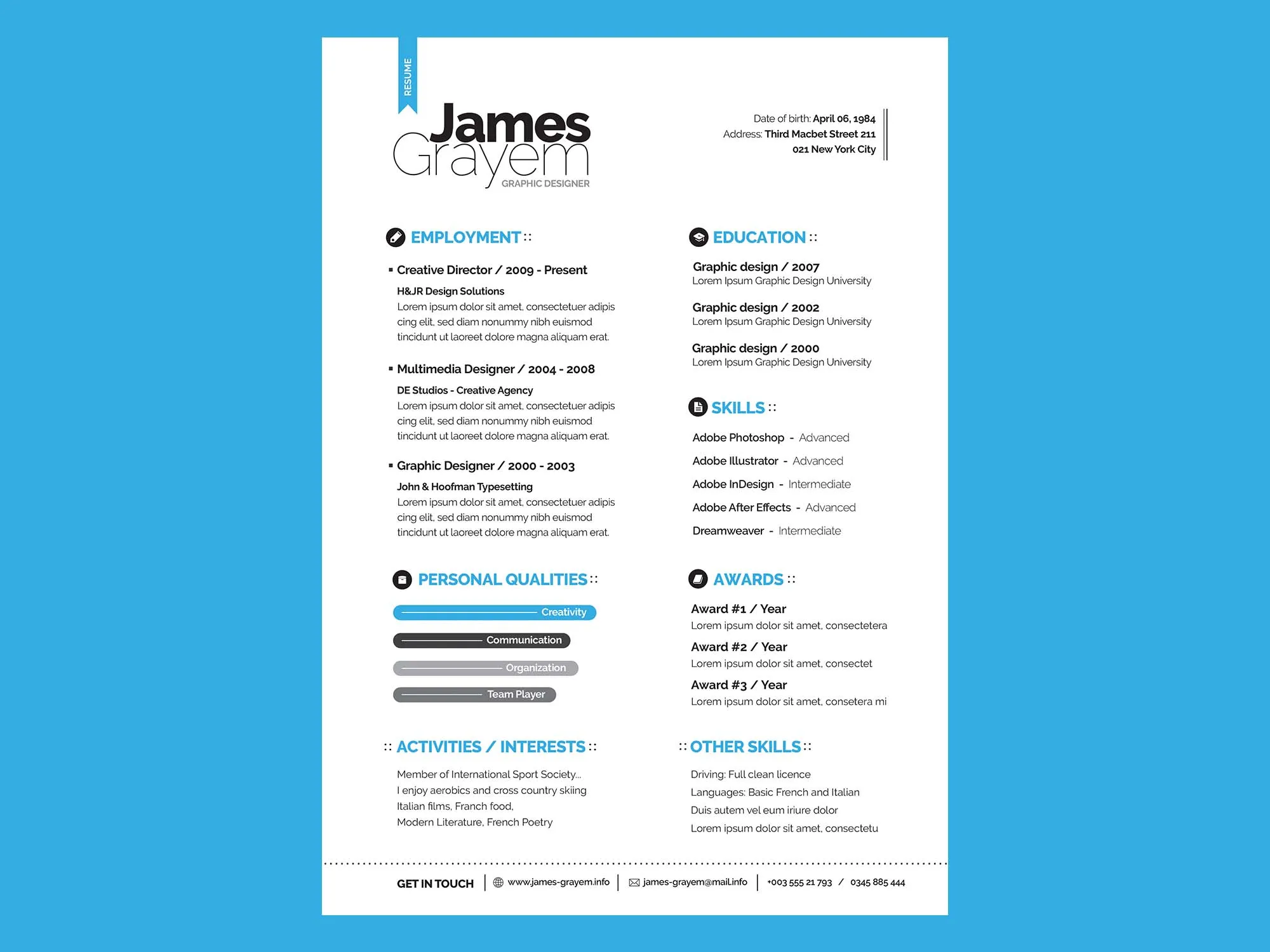What is a Cover Letter and Why Do You Need One
A cover letter is a crucial document that accompanies your resume when applying for a job. It serves as an introduction, allowing you to highlight your skills, experiences, and qualifications in a way that directly relates to the specific job you’re applying for. Unlike a resume, which provides a comprehensive overview of your work history, a cover letter allows you to tell a story, explain your interest in the position, and demonstrate why you’re a good fit for the company. A well-crafted cover letter can significantly increase your chances of getting noticed by a hiring manager and securing an interview.
The Importance of a Cover Letter
The importance of a cover letter cannot be overstated. It’s often the first impression you make on a potential employer. It provides context to your resume, explaining how your skills and experience align with the job requirements. A compelling cover letter showcases your personality, enthusiasm, and writing skills, setting you apart from other applicants. Many employers consider a cover letter mandatory; omitting one could lead to your application being immediately rejected. A strong cover letter demonstrates your professionalism and attention to detail, signaling that you are serious about the opportunity.
Cover Letter vs Resume
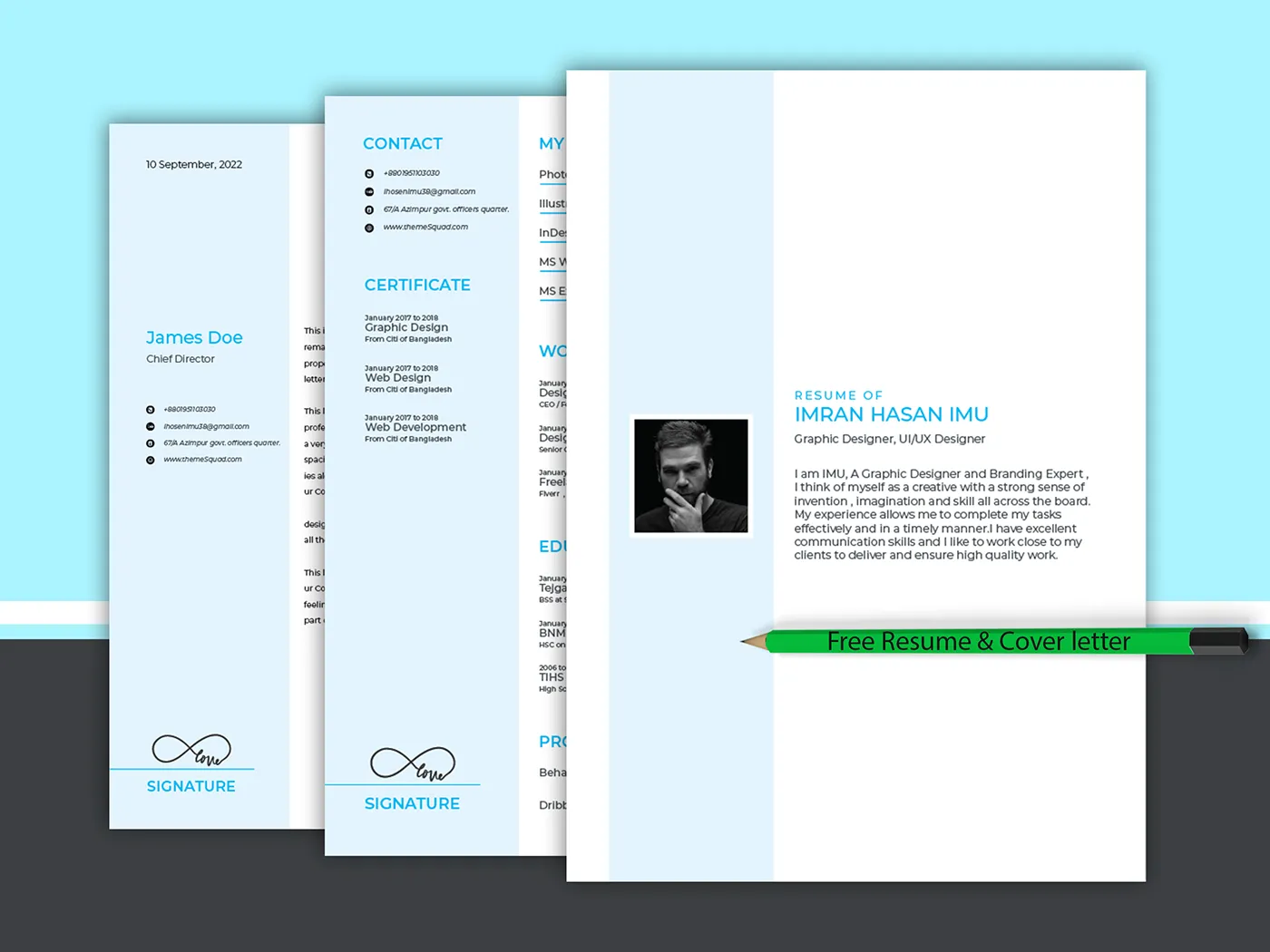
While both the resume and cover letter are essential components of your job application, they serve distinct purposes. Your resume is a factual summary of your professional history, education, skills, and achievements. It’s a concise document designed to provide a quick overview of your qualifications. The cover letter, on the other hand, is a narrative document. It allows you to elaborate on your experiences, explain your career goals, and demonstrate your passion for the role and the company. The resume provides what you’ve done; the cover letter explains why you’re the ideal candidate.
Essential Elements of a Winning Cover Letter
A winning cover letter should be carefully structured and contain specific elements to make a positive impression. These elements include your contact information, a professional header, a personalized salutation, engaging body paragraphs, a clear closing, and a professional signature. Each component contributes to the overall effectiveness of your letter and ensures it is well-received by the hiring manager. By including these elements, you can craft a cover letter that effectively communicates your qualifications and enthusiasm.
Contact Information
At the top of your cover letter, include your full name, address, phone number, and email address. Ensure this information is accurate and up-to-date. This allows the employer to easily contact you. Use a professional email address; avoid informal or outdated addresses. The contact information should be clearly formatted, often aligned to the left or right of the page, and easily readable. This section sets the tone for professionalism and makes it easy for the recruiter to reach out to you.
Professional Header
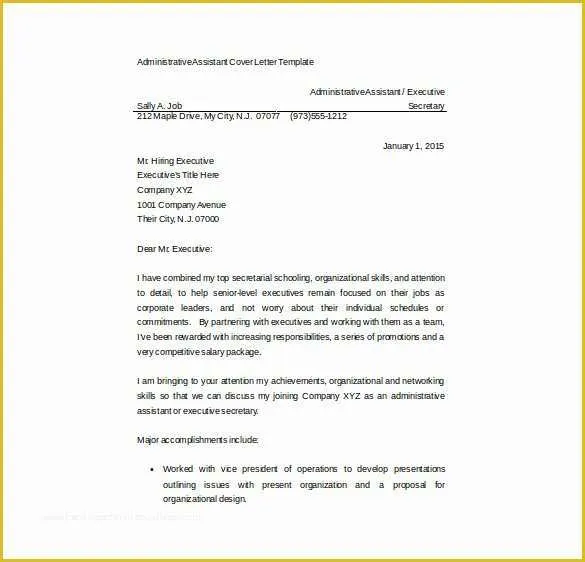
The header should be formatted professionally, matching the overall style of your cover letter. Include your name and contact details, ensuring consistency with your resume. The header should be clean, concise, and visually appealing. Consider using a simple, elegant font and maintaining a consistent style throughout your application materials. The header is a small but important detail that adds to your professional presentation.
Salutation
The salutation is your opening greeting, and it sets the tone for the rest of your letter. Aim to address the hiring manager by name. If you cannot find the hiring manager’s name, use a professional greeting like ‘Dear Hiring Manager’ or ‘Dear [Company Name] Hiring Team.’ Avoid generic greetings such as ‘To Whom It May Concern,’ as they can make your letter seem impersonal. Researching the company to find the hiring manager’s name shows initiative and a genuine interest in the position.
Body Paragraphs
The body of your cover letter is where you showcase your skills and experiences. It should be divided into clear paragraphs that address the job requirements and explain why you are the best candidate. Each paragraph should have a specific purpose and flow logically into the next. Use strong action verbs to describe your accomplishments and quantify your achievements whenever possible. Tailor the content to the specific job description and highlight relevant skills and experiences.
First Paragraph
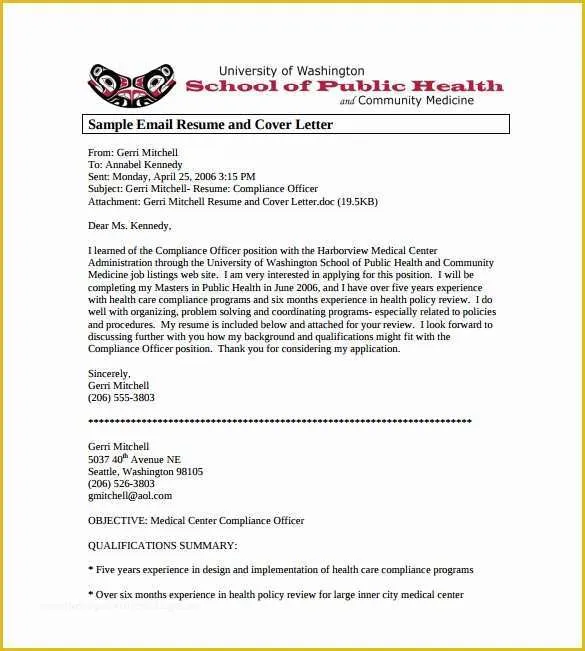
The first paragraph should state the purpose of your letter – that is, the specific job you’re applying for. Mention where you saw the job posting (e.g., company website, LinkedIn). Briefly introduce yourself and capture the reader’s attention. Express your enthusiasm for the position and the company. This paragraph sets the stage for the rest of the letter, so it’s important to make a strong first impression.
Second Paragraph
The second paragraph should highlight your relevant skills and experience. Focus on the qualifications mentioned in the job description and provide specific examples of how you’ve demonstrated those skills in past roles. Use the STAR method (Situation, Task, Action, Result) to structure your examples, showing what you did and the positive outcomes. This paragraph is your chance to demonstrate that you have what it takes to excel in the role.
Third Paragraph
In the third paragraph, explain why you are interested in the company and the specific role. Show that you’ve researched the company and understand their mission and values. Connect your career goals with the company’s goals, demonstrating how you can contribute to their success. Express your eagerness to learn and grow within the organization. This paragraph emphasizes your genuine interest and commitment.
Closing and Call to Action
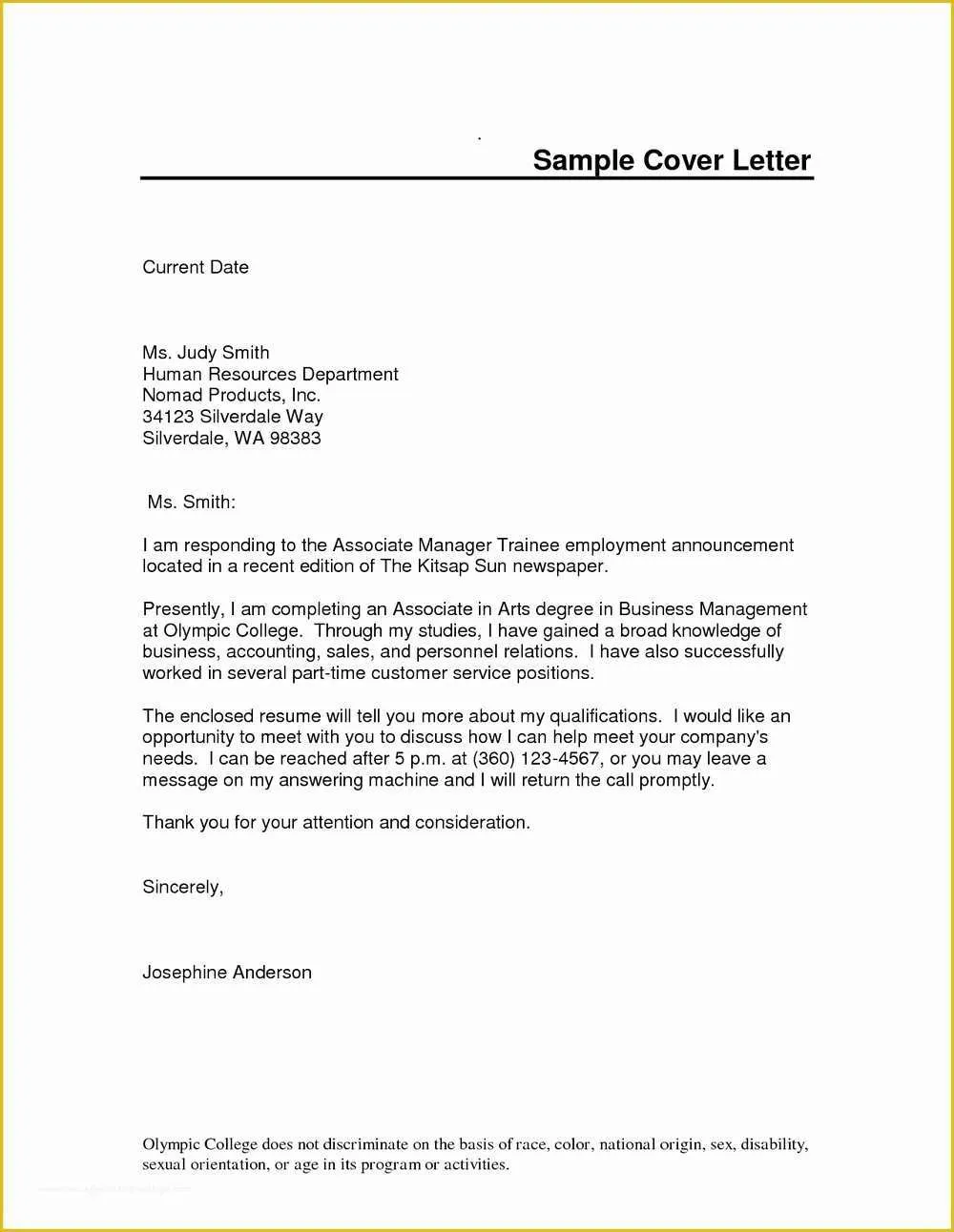
The closing paragraph should summarize your key qualifications and reiterate your interest in the position. Include a call to action, such as stating your availability for an interview and expressing your gratitude for their time and consideration. End on a positive and confident note. Ensure that you proofread this section carefully, as the closing paragraph is the last impression you’ll leave.
Complimentary Close
Use a professional and polite closing, such as ‘Sincerely,’ ‘Best regards,’ or ‘Thank you.’ The complimentary close should be followed by a comma and your signature. Choose a closing that reflects the tone of your letter and the company culture. Avoid informal closings like ‘Cheers’ or ‘Best’.
Signature
If you are submitting a digital cover letter, type your full name below the complimentary close. If you are printing and mailing your cover letter, leave space for your handwritten signature above your typed name. Ensure your signature is legible and matches the name on your resume. The signature adds a personal touch and reinforces your professionalism.
Free Cover Letter Samples by Industry
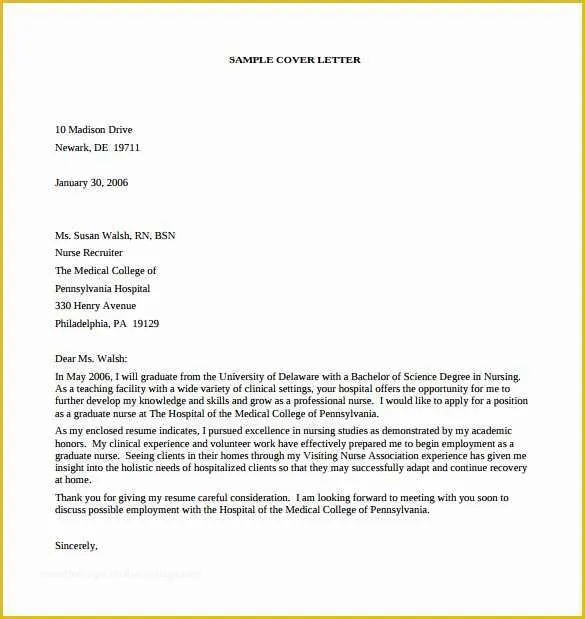
Many websites and resources offer free cover letter samples tailored to specific industries. These samples can provide valuable guidance on how to structure your letter and highlight relevant skills and experiences. When using samples, ensure you customize them to fit your unique qualifications and the specific job you’re applying for. Samples should serve as inspiration, not a template to be copied word-for-word.
Cover Letter Sample for Marketing
A marketing cover letter should showcase your understanding of marketing principles and your ability to drive results. Highlight your experience with digital marketing, content creation, SEO, social media, and data analysis. Use industry-specific keywords and demonstrate your passion for the field. Tailor your examples to showcase your successes in previous marketing roles and your understanding of marketing strategies.
Cover Letter Sample for IT
An IT cover letter should emphasize your technical skills, problem-solving abilities, and experience with relevant technologies. Highlight certifications, programming languages, and your ability to troubleshoot and resolve technical issues. Showcase your experience with IT infrastructure, cybersecurity, or software development. Mention any projects or contributions you’ve made to improve IT systems.
Cover Letter Sample for Healthcare
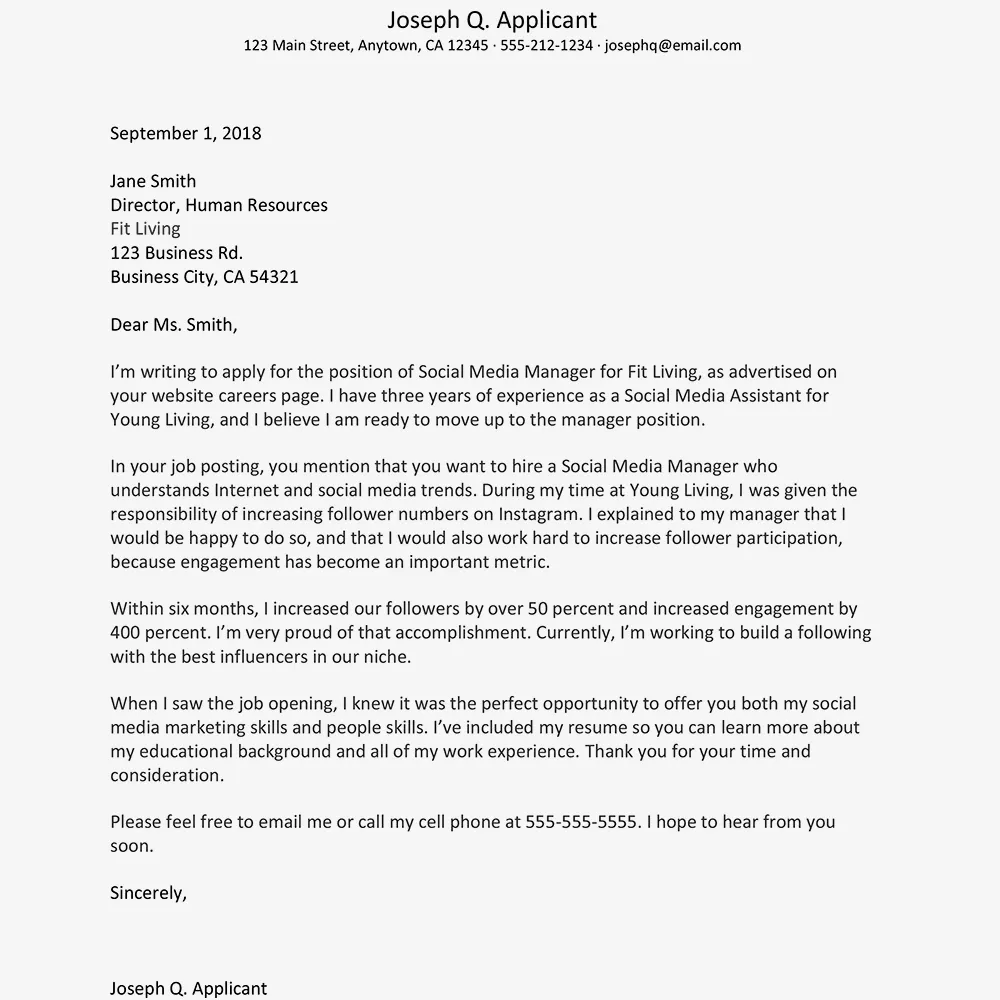
A healthcare cover letter should demonstrate your compassion, attention to detail, and understanding of patient care. Highlight your relevant experience, skills, and any certifications. Showcase your ability to work in a fast-paced environment and your commitment to providing high-quality care. Customize your examples to reflect your experiences with patient interactions, medical procedures, or healthcare administration.
Where to Find More Free Cover Letter Samples
Numerous online resources provide free cover letter samples. These include job boards, career websites, and professional networking platforms. Explore these resources to find samples for your industry and specific roles. These samples can provide valuable insights into cover letter formatting, writing style, and content. When using these resources, remember to adapt the sample to your unique skills and experiences.
Online Resources
Websites like Indeed, LinkedIn, and career-focused blogs offer vast libraries of free cover letter samples. These resources often provide templates and writing guides. Explore career websites like The Muse, Glassdoor, and Resume.io. These resources often include samples categorized by industry and job title.
Professional Cover Letter Templates
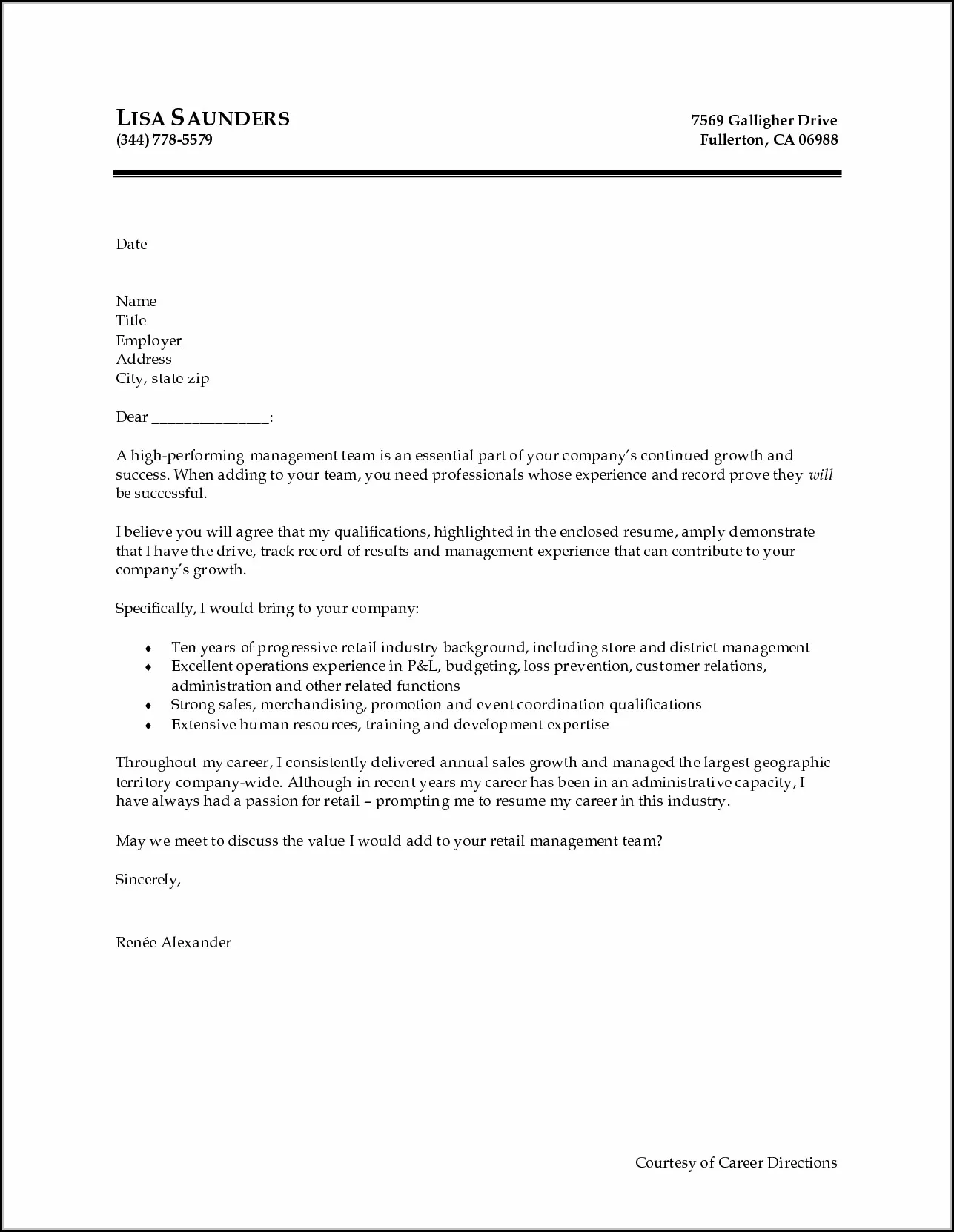
Professional cover letter templates are available to streamline the writing process. Many websites offer customizable templates in various formats, such as Microsoft Word and Google Docs. Use these templates as a starting point, adapting them to reflect your unique qualifications and the job requirements. Ensure the chosen template is professional and easy to read. Remember to tailor the content, even if you use a template.
Cover Letter Writing Best Practices
To write a compelling cover letter, follow these best practices. Tailor your letter to each job application, highlighting relevant skills and experiences. Proofread carefully for any grammatical errors or typos. Use a professional tone and formatting. Demonstrate enthusiasm and a genuine interest in the company and the role. These best practices will increase your chances of success and make a strong impression on potential employers.
Tailoring Your Cover Letter
Tailoring your cover letter to each job application is essential. Review the job description carefully and identify the key skills and qualifications the employer is seeking. Highlight your relevant experience and explain how your skills align with the requirements. Personalize your letter to demonstrate your genuine interest in the company and the role. This demonstrates that you have taken the time to understand the specific needs of the employer.
Proofreading and Editing
Proofreading and editing your cover letter are crucial steps in the writing process. Carefully review your letter for any grammatical errors, typos, or formatting inconsistencies. Use spell check and grammar check tools to catch any mistakes. Have a friend or colleague read your cover letter for feedback. A polished and error-free cover letter demonstrates your attention to detail and professionalism.
Formatting Tips
Use clear and concise language. Keep your paragraphs brief and easy to read. Choose a professional font, such as Arial, Times New Roman, or Calibri. Use a consistent font size (11-12 points). Maintain a one-inch margin on all sides. Ensure your cover letter has a clean and organized layout, making it visually appealing to the reader. Proper formatting enhances the readability of your cover letter and makes a positive impression.
